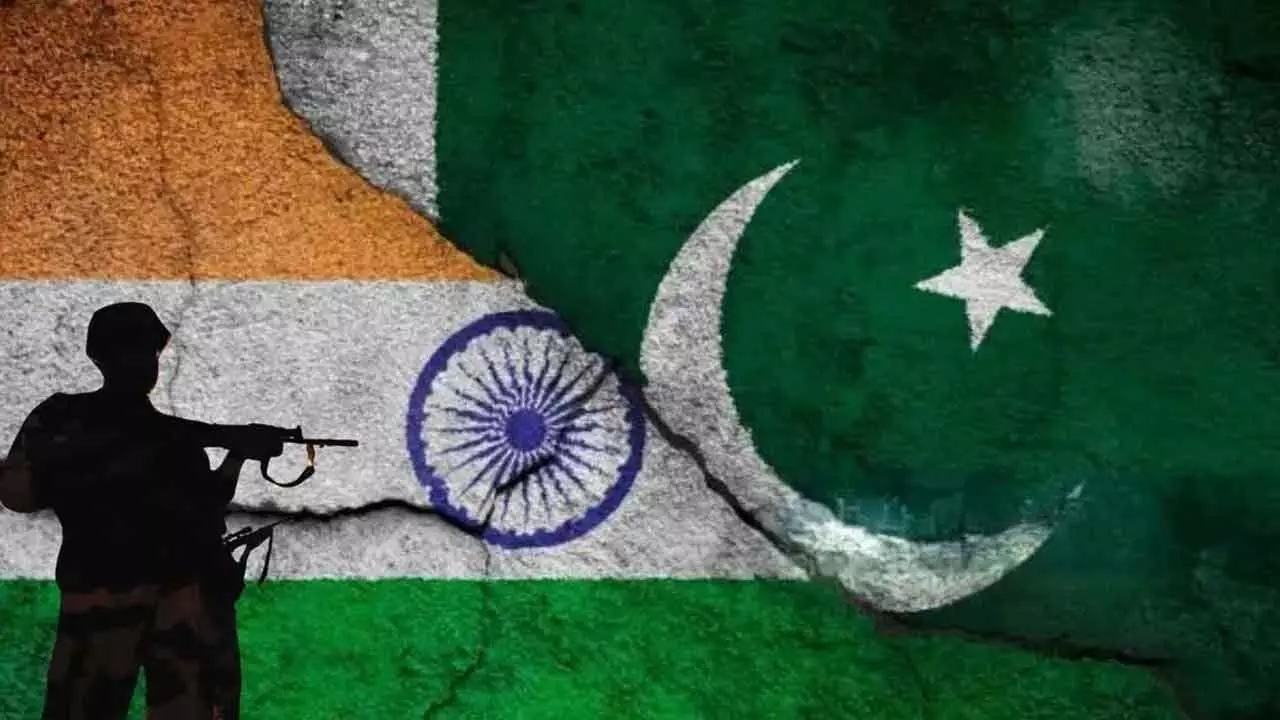Economic Leverage Is India’s Most Potent Weapon Against Pakistan
Economic Leverage Is India’s Most Potent Weapon Against Pakistan

Against the backdrop of post-Pahalgam tensions between India and Pakistan, global ratings agency Moody’s has made a prediction that should sober the generals and other hotheads in Rawalpindi and Islamabad. Moody’s said, “Sustained escalation in tensions with India would likely weigh on Pakistan’s growth and hamper the government’s ongoing fiscal consolidation, setting back its progress in achieving macroeconomic stability.” In comparison, it said, “the macroeconomic conditions in India would be stable, bolstered by moderating but still high levels of growth amid strong public investment and healthy private consumption.” This isn’t just financial jargon—it’s a stark reminder of an asymmetric reality. Just consider this: a disease will slightly damage the health of a strapping young man but it can have severe consequences for a sickly person. It is a well-known fact that Pakistan is far more fragile and susceptible to systemic shocks than India. In terms of economic health, India resembles a robust, if sometimes overstretched, athlete, while Pakistan is more like an emaciated patient, highly vulnerable to any form of physical stress.
It is in this context that India’s evolving strategy of economic pressure on Pakistan assumes critical importance. New Delhi has begun weaponising its economic clout, and one key instance is its measured response concerning the Indus Waters Treaty—a bilateral agreement that governs the distribution of river water between the two nations. By placing the treaty in abeyance, India has already begun to impose real costs. The resultant dip in Chenab River inflows has not gone unnoticed in Pakistan, whose Indus River System Authority (IRSA) has warned of a 21 per cent water shortage for the early Kharif crop season—a dire forecast for a country already grappling with food insecurity and agricultural stress. This is not just symbolic pressure—it’s substantive.Agriculture is the backbone of Pakistan’s economy, employing over 37 per cent of its labour force and contributing significantly to its GDP. Water scarcity directly hits the livelihoods of millions, undercuts food production, and worsens the already strained inflation dynamics. India should not squander this leverage. In fact, it must now expand its economic warfare against Pakistan—the warfare predicated on policy, diplomacy, and finance.
Firstly, it should exercise its influence in global lending institutions, including the International Monetary Fund (IMF) and the World Bank. These institutions play a crucial role in sustaining Pakistan’s fragile economy through emergency bailouts and structural support. India must lobby against lenient bailouts or unconditional support to Islamabad, especially when that government continues to prioritize military spending over economic reform. Secondly, India must work diplomatically to discourage multinational corporations (MNCs) from investing in Pakistan. Risk assessment firms already view Pakistan as a high-risk destination; India can further this narrative by highlighting not just geopolitical risks but also regulatory instability, terrorism threats, and a weak judicial framework. The message to the corporate world must be simple: Pakistan is not a safe or profitable bet. While not ruling out military action, New Delhi will do well by dominating the escalation ladder in economic attrition, an arena in which it holds the upper hand. By continuing to tighten the screws, India can achieve what decades of border skirmishes have failed to do: teach Pakistan a lesson that it will remember forever.

